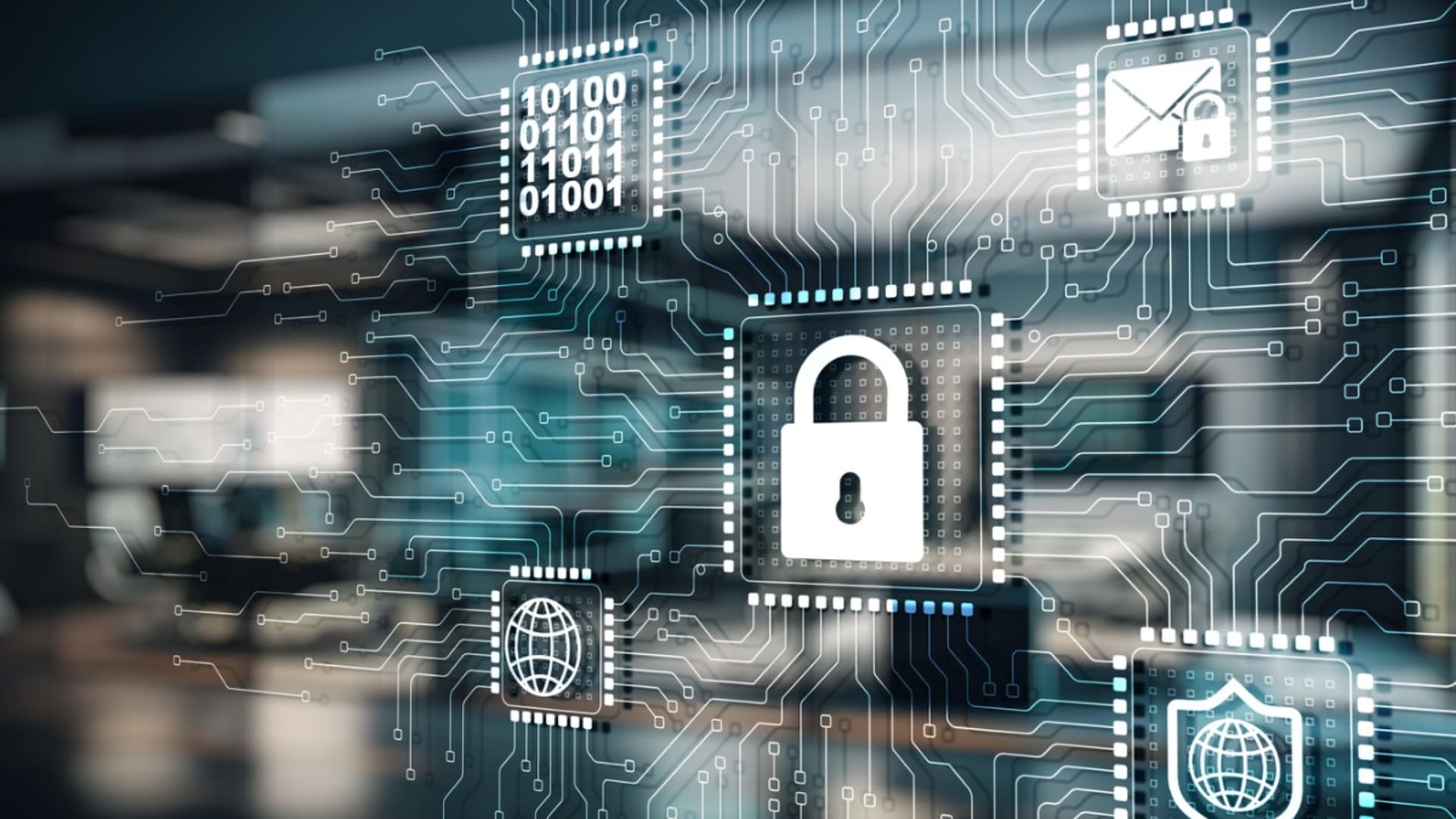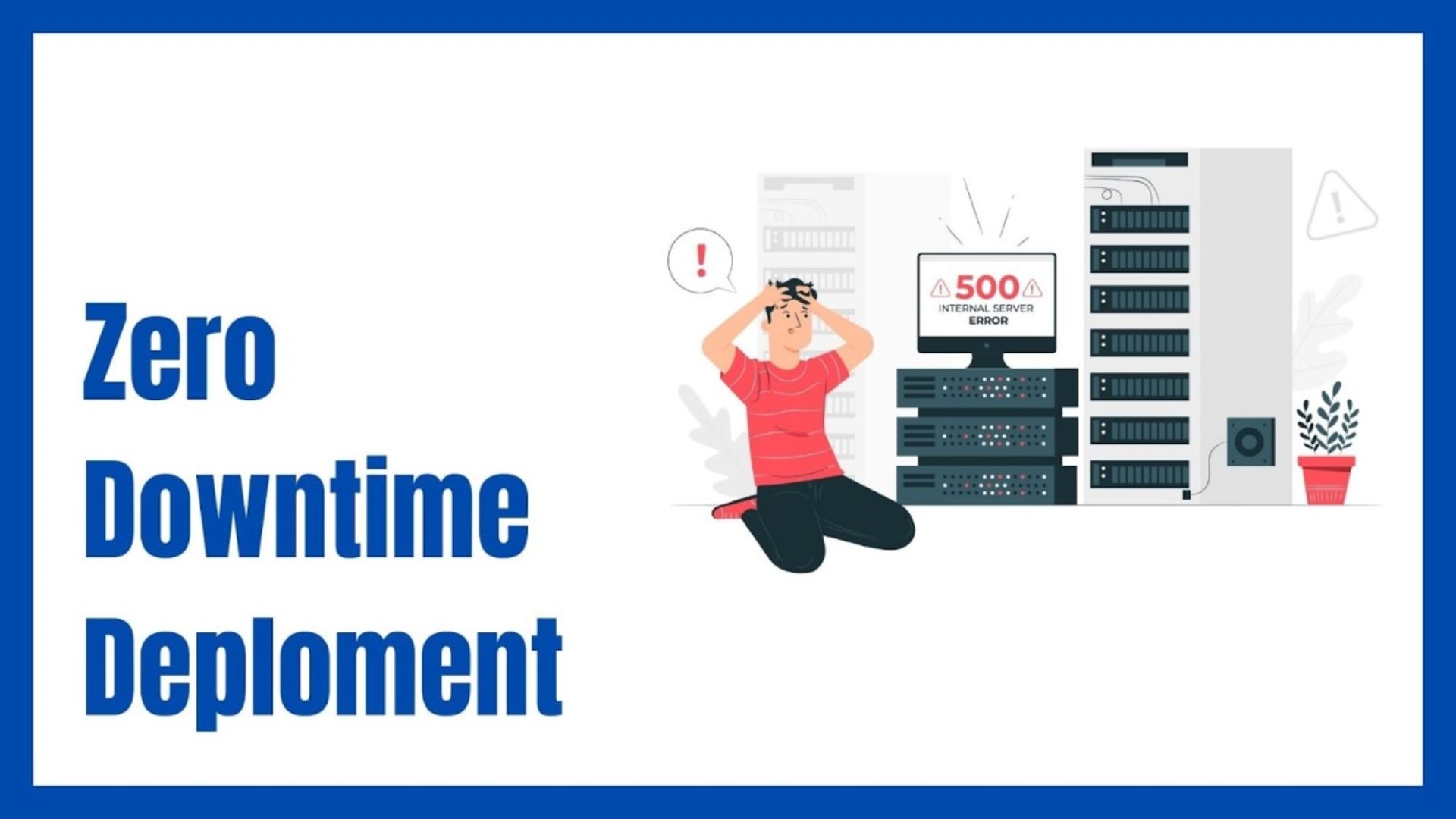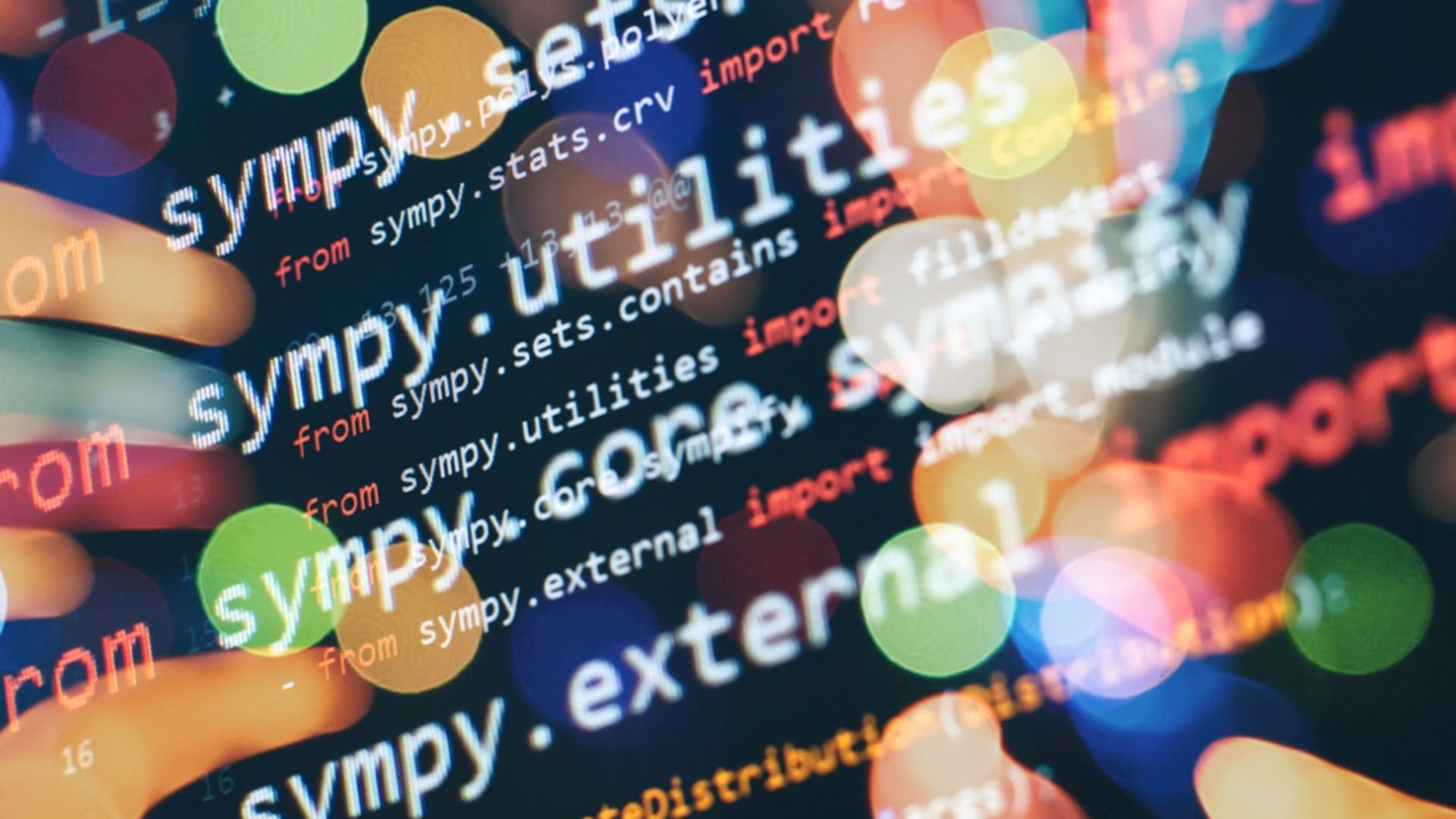In the digital era, data is at the heart of business operations. Companies rely heavily on big data analytics to understand customer behavior, increase operational efficiency, and stay ahead of the competition. Big data refers to large data sets that are too complex for traditional data processing tools to handle.
As more data is generated, stored, and analyzed, a new challenge arises: How can organizations ensure the security of their big data systems? Big data security refers to the measures put in place to protect sensitive information present in big data environments from unauthorized access, theft, or misuse. This includes both structured and unstructured data.
The importance of big data security cannot be overstated. A breach in a big data system can have dire consequences, such as financial losses, damage to reputation, and loss of trust from customers.
This article will explore big data security and highlight the risks associated with storing and analyzing big data. We will also discuss different types of data used in big data applications and common threats hackers use to compromise your system’s security. Finally, we will provide best practices for securing your information in a big environment and discuss recovery strategies should an attack occur.
The Risks of Big Data Storage and Analysis: Keeping Your Cookies Safe
As the adage goes, “with great power comes great responsibility.” Big data is no exception to this rule. The immense amount of data generated from various sources is a double-edged sword: it provides valuable insights into consumer behavior, patterns, and trends, but it also poses a significant risk to security and privacy.
As we increasingly rely on cookies to gain more personalized insights, we must protect these tiny files from hackers who can exploit them for malicious purposes. In this section, we’ll explore the potential risks associated with storing and analyzing big data and how keeping your cookies safe should be one of your top priorities.
Risks Associated With Storing Big Data
Privacy infringement is one of the most significant risks associated with storing big data. The information collected in this process can include highly personal details such as medical records, credit card information, browsing history, social media activities, and more. Hackers can use this data for identity theft or to create highly targeted phishing campaigns, which can trick people into revealing their personal information.
Moreover, server vulnerabilities can expose sensitive data to unauthorized access. For example, a SQL injection attack where an attacker injects malicious code into a web page or application that accesses an SQL database can lead to an attacker gaining unrestricted access to sensitive data stored in the database.
Another risk associated with storing big data is accidental exposure. With so much data being collected and stored in multiple locations across various systems and applications — some of which may not be fully secured — accidentally exposing sensitive information is much easier than you might think.
Risks Associated With Analyzing Big Data
Analyzing big data brings its own set of risks because it requires pulling together vast amounts of widely dispersed data sources into centralized databases and servers — making them more susceptible to breaches. One common tactic that hackers employ is infiltrating algorithms used by machine learning models so that the system starts acting according to their instructions.
Another concern is insider threat: employees with access to the vast amount of big data records could intentionally or unintentionally compromise system security simply by working with the wrong data sets or sharing sensitive information through unsecured channels such as email.
Lastly, hackers could also use distributed denial-of-service attacks (DDoS) on your analytics platform, causing downtime or even shutting down your entire system temporarily.
Keeping Your Cookies Safe
Big data does come with enormous advantages; however, these benefits must be weighed against potential risks. With regards to securing your cookies, here are some best practices that will help you maintain control over your valuable data sets:
- Secure all endpoints: Ensure that all devices connected to your network are securely protected using complex passwords or other secure authentication protocols.
- Implement role-based access controls (RBAC): RBACs allow you to control who has access rights to what types of content within databases.
- Implement encryption: To make sure that sensitive information stays secret even if it falls into unwanted hands, encrypt files stored on disk drives or transmitted across networks using secure encryption standards such as SSL/TLS.
- Monitor activity logs continuously: Keep an eye out for suspicious activity in logs created by different applications used by your team, such as operating systems logs, accounting records, intrusion detection systems, firewalls, etc.
- Follow security policies: Create organization-wide security policies that establish clear guidelines for handling confidential information among employees while outlining necessary measures for ensuring compliance with regulatory mandates like GDPR and CCPA.
By implementing these best practices along with other security measures like periodic vulnerability scans and penetration testing (pentesting), you’ll significantly reduce potential risks posed by storing and analyzing big data sets.
Securing big data sets requires understanding the value placed by bad actors on stealing private client information that could lead them to stealing money from bank accounts via identity thefts like phishing attacks. They look at every available point of entry, trying their utmost until they find a way through via back doors or vulnerabilities, often using exploits purchased online from Dark Web sites.
However scary it may seem at first glance, by following simple best practices like limiting user permissions within databases, ensuring encryption technologies are up to date, etc., you’ll ensure customers’ trust remains high while keeping hackers away from attacking private user activity logs, thus protecting users’ cookies.
How to Monitor and Detect Suspicious Activity or Unauthorized Access
You can go through various steps:
– Keep logs of all user activity related to personal identifiable information (PII).
– Monitor server logs on regular intervals throughout implementation.
– Install intrusion detection system (IDS) and intrusion prevention system (IPS) solutions.
– Utilize intrusion tracking services, network penetration testing services, and contact outside cybersecurity consultants.
– Train personnel about responsible use/care handling processes associated with security-centric practices that ultimately mitigate risk factors involved in the above mentioned scenarios at large scale.
Preparing for a Potential Cyberattack on Your Big Data Systems
Having robust security measures in place before any potential attack takes place helps reduce fallout if such events occur. This includes establishing backup protocols, using logs and monitoring user activities to detect suspicious actions before they escalate beyond control points. As a consequence, this minimizes risk levels during times when electronic systems come under attack either internally from rogue employees and contractors or externally from well-known criminal/cyber terrorist gangs who initiate these types of activities via targeted phishing campaigns. This compromises employees’ networks via malware or ransomware.
Despite the best efforts to secure your big data systems, there is always a possibility of a cyberattack. Hackers are constantly evolving their tactics and finding new vulnerabilities to exploit. Therefore, it’s important to be prepared for a potential attack and have strategies in place to mitigate the damage caused.
Here’s what you can do to prepare for a potential cyberattack on your big data systems:
Conduct regular security audits: Schedule regular security audits of your big data systems to identify vulnerabilities, patch them up, and ensure that all security measures are up to date.
Implement network segmentation: Separate your big data infrastructure into segments that restrict access based on user roles and permissions. This can limit the attacker’s ability to move laterally across your network should they gain access.
Back up your data regularly: Keep multiple backups of your big data files in different locations, including offsite backups that are not vulnerable to the same threats as your primary location.
Create an incident response plan: Develop an incident response plan that outlines the steps to be taken in case of an attack, including who will be responsible for each action item, ensuring that it is tested regularly.
Train employees: Educate employees on cybersecurity best practices, such as strong password hygiene and how to identify phishing emails. Also, have a process for reporting unusual or suspicious behavior within the organization.
Use multi-factor authentication: Implement multi-factor authentication (MFA) wherever possible throughout your organization’s infrastructure, making it difficult for hackers with login credentials.
Monitor system logs: Regularly monitor system logs to detect any strange or unauthorized activity quickly.
Stay up to date with threat intelligence feeds: Subscribe to threat intelligence feeds so that you can stay ahead of emerging threats as they surface.
Consider insurance coverage: Evaluate insurance coverage options related to cybersecurity breaches as part of overall risk mitigation strategy.
By following these steps, you can prepare yourself for potential cyberattacks on your big data systems and mitigate any damages caused by such attacks.
Recovery Strategies After a Successful Hack
No matter how much you prepare, an attack on your big data system can still happen. In such a situation, it is important to have a plan in place for recovery. The following strategies can help you mitigate the damage and get your system back up and running:
Contain the damage: The first step after a hack is to contain the damage as quickly as possible. This includes isolating infected systems, disconnecting from the internet, and shutting down affected processes.
Assess the damage: Once you have contained the damage, assess the extent of the breach. Determine which systems were affected and what sensitive information was accessed or stolen.
Inform authorities: Depending on the severity of the breach and your industry regulations, it may be necessary to inform authorities such as law enforcement agencies or regulatory bodies.
Notify affected parties: If customer data was compromised, it is important to notify affected parties as soon as possible to minimize any potential harm.
Restore backups: If possible, restore from an earlier backup before the breach occurred to ensure that your data is clean and uncompromised.
Review security policies: After a breach, it is important to review your current security policies and procedures to identify any weaknesses that were exploited. Make changes accordingly.
Implement additional security measures: It may be necessary to implement additional security measures, such as updated antivirus software or firewalls, to prevent future breaches.
Train employees: Ensure that all employees are trained on security best practices and protocols to prevent similar incidents in the future.
Conduct penetration testing: Periodically conducting penetration testing can help identify vulnerabilities before they are exploited by hackers.
Review incident response procedures: After experiencing a hack, review your incident response procedures and make necessary updates or improvements for more effective handling in future events.
Implementing these recovery strategies can help organizations effectively handle big data breaches while minimizing disruption and preserving sensitive information’s integrity within their system when all else has failed — including their defense systems set up against potential hacks!
AI Cybersecurity
It is more important than ever to stay one step ahead of hackers due to the growing variety of data security and privacy risks. Artificial intelligence (AI) is one of the most recent technologies that is gaining traction in the cybersecurity industry. AI cybersecurity implementation has the potential to fundamentally change how we protect confidential data and thwart unlawful access.
The term “AI” describes a wide spectrum of technologies that allow machines to reason, learn, and act on their own. AI has applications in cybersecurity, including real-time threat detection and response, network activity monitoring, and system vulnerability detection.
Cybersecurity professionals can analyze enormous volumes of data, accelerate threat detection and produce real-time threat intelligence by leveraging AI-based algorithms. Moreover, AI systems are able to adapt to new dangers by learning from their mistakes in the past, continuously enhancing their threat detection abilities.
Cybersecurity can use AI in a variety of ways. Using machine learning algorithms to create predictive models that can recognize and categorize threats based on their patterns and features is one such strategy. By examining their behavioral traits, AI-based systems, for instance, can learn to recognize malware, phishing emails, or other cyber risks.
AI can also be used to automate several cybersecurity procedures, including patch management, vulnerability detection, and incident response. AI can help businesses save time and money while enhancing their overall security posture by automating these processes.
Enhancing anomaly detection is a crucial use of AI in cybersecurity. Anomalies are differences from the ordinary and may be a sign of harmful activity. Systems powered by AI can be trained to recognize unusual patterns in network traffic, user behavior, or system logs and notify security personnel of potential dangers.
AI can also be used to supplement established security measures like antivirus software and firewalls. Organizations can improve their detection abilities and stop sophisticated threats by incorporating AI into their current security technologies.
Despite its immense potential, applying AI to cybersecurity also comes with significant difficulties. The dependability and accuracy of AI algorithms are among the main issues. Data is a major component of AI-based systems, and biased or incomplete data might result in false positives or false negatives.
Cybercriminals can also utilize AI to avoid detection and carry out more complex attacks. As a result, it is essential to continually develop AI-based solutions and keep abreast of the most recent cybersecurity threats and trends.
Thus, AI can change how we think about cybersecurity. Organizations may increase their capacity for threat detection and response, lighten the load on security teams, and improve their overall security posture by utilizing the power of AI-based algorithms. Organizations must spend money on reliable AI-based platforms, train personnel on how to use them, and regularly evaluate and improve their AI algorithms if they want to fully reap the rewards of AI in cybersecurity.
Holistic Approach
Every time I give talks about cybersecurity, I overemphasize holism. For those who don’t know the term, it means that the parts of a system share an intimate interconnection, and as such, the totality of a system isn’t just about the individual parts and their respective strengths, but rather how well everything goes together.
Think of your cybersecurity solution as a massive net, each strand a security practice. It doesn’t matter if one strand is made of the world’s most resistant material; if any other strand is weak, as soon as it breaks, the whole net comes apart. Now apply that same principle to your security.
Conclusion: Staying Ahead of the Game With Better Protection for Your Cookies
It is crucial to protect your personal data from theft and misuse in the modern digital world. This is especially true for big data applications, where different vectors can be used by hackers to access your information without authorization.
Thus, we need to stay on top of the game by putting better protections in place. Making sure your security systems are current with the most recent security protocols through routine monitoring and updating is one approach. Also, you may teach your staff the best ways to protect both their personal and professional devices and how to spot unwanted access or questionable activities.
Using encryption techniques when storing or delivering sensitive data is another strategy to thwart cyberattacks. Hackers will find it considerably more difficult to decrypt the data and access your cookies as a result. Furthermore, putting strong password standards into place, like requiring difficult passwords that are updated frequently, can help prevent unauthorized access to sensitive data stored in cookies.
As an additional layer of security, you can utilize multi-factor authentication techniques like SMS-based authentication or biometric authentication. Last but not least, regular data backups can assist in guaranteeing that you have a copy of your data even if your systems are compromised.
By doing this, you’ll be able to swiftly restore services and lessen any inconveniences brought on by a successful hack. Ultimately, maintaining stronger protection involves a complete strategy that combines strong security measures with attentive monitoring and personnel training programs.






